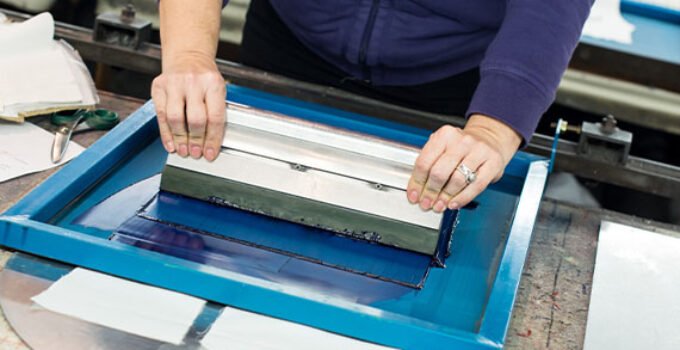Without question, screen printing as a craft has endured. From the ancient delicately painted and written hieroglyphics to the wackiest graphic tees emerging globally today, screen printing has stood the test of time. This art form retains a strong hold on the globe despite spanning ages, nations, and cultural boundaries. However, for the longest period, a few experts exclusively practiced this art form. Now, it is a skill anyone can master and create the best designs.
A person planning to take up screen printing should be very aware of the various supplies and stationery required to do the job. All of them are required starting from paper, fabrics, and even paints. The better the quality of the craft items, the higher the price will be. However, one should never compromise on quality. Hence this article will state how to save a bit of money while screen printing and avoid wastage of resources.
Page Contents [show]
Clever Tactics To Help Minimize Wastage As Well As Expenses During Screen Printing
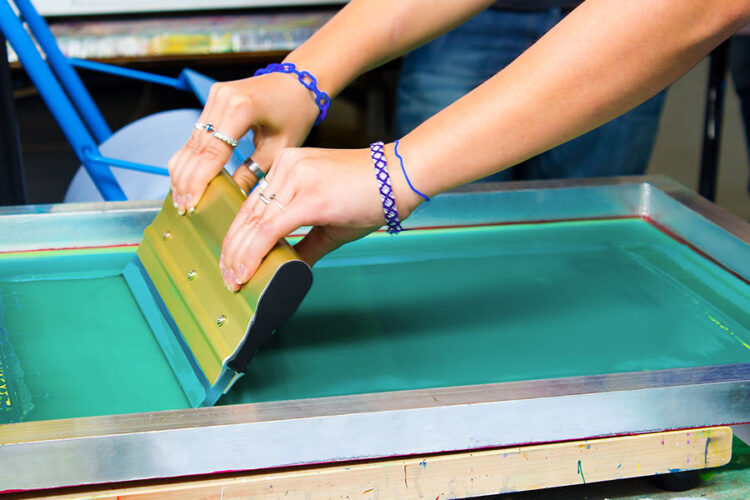
Source: welogoit.com
ly
Any artistic endeavor requires materials. The same holds for screen printing. Before beginning a creative project, there are a few materials that one has to have on hand. However, always ensure you buy the components from a reputable screen printing supply business before purchasing. By doing so, you may be optimistic that the tools you’re using are high-quality, which raises the standard of your job.
These strategies can be considered if someone wants to cut down costs on supplies and also reduce the wastage of stationery:
Always Start With A Plan
Things rarely go wrong when someone has a comprehensive plan in mind before they start working on something. Not having a strategy can become one of the biggest disadvantages and lead to a lot of wastage of products. Before starting the work, be very clear about the design you want to create. Once you have the conception of what print you want, you will also be able to decide on the colors and dimensions of the design.
Make a good list of all the necessary products and purchase only if necessary. Moreover, having a plan in place also helps you avoid making mistakes that might lead to overuse of the products you bought. One would not need to reprint if no mistakes are made, and that would also save some stationary for later use.
Always Invest In Quality Supplies
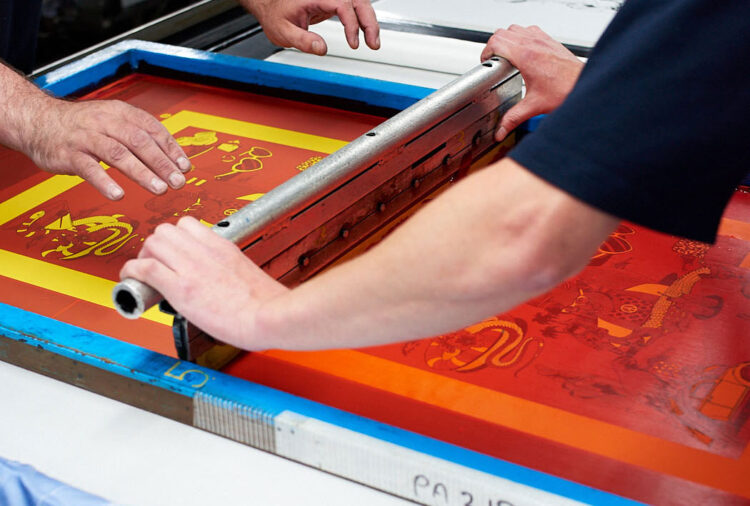
Source: biddlesawyersilks.com
It is very tempting to buy supplies that fit your budget and are cheap to save a few extra bucks. But people must understand that buying quality products is always a better option and can save money in the long run.
Cheap paints would never give the vibrant hue of the paints that a slightly expensive and good quality ink would. A cheaper one would need reprints and more ink for the print to pop up from the surface and be visible. Whereas, if the ink is of premium quality, the color would be a lot brighter and more appealing to the eyes. Additionally, investing in durable screens and squeegees can save you money on replacements in the future.
Try To Be Calculative And Use The Right Amount Of Ink
When you are new to this art form, it is normal to use more ink than required and waste a lot more. However, over time people get used to it and have a proper conception of how much ink would be required for which print. It is never true that the more ink you apply, the better the print. Rather, the correct color makes the design look much better.
However, if someone uses less ink, the area can fade, and the print might look unattractive. Be precise about the quantity of ink used to get the perfect print. It prevents any wastage and reduces the cost of materials.
You Can Recycle Your Screens
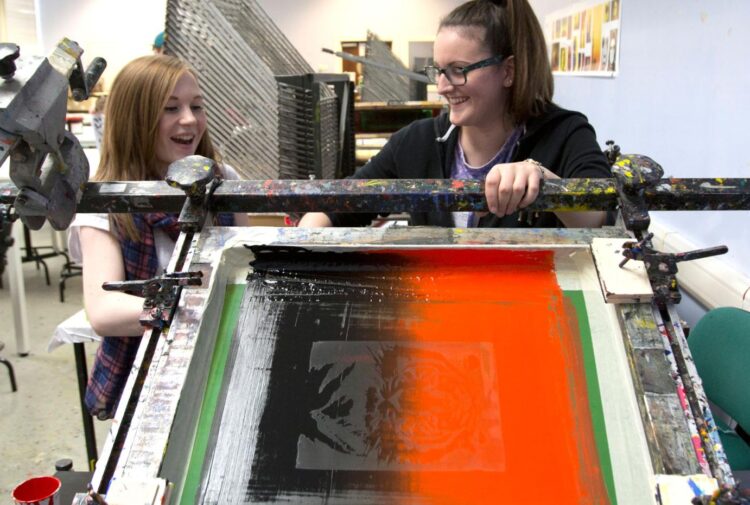
Source: cityofglasgowcollege.ac.uk
Suppose you ask anyone who has been doing screen printing for a long time. They would state that the screens are the most costly requirements for the process. Fortunately, they are not meant for one-time use. The only pointer that needs to be kept in mind is that they must be cleaned regularly and stored in a dry and extremely clean place to prevent dust buildup on the surface.
Try to reuse the screen as many times as possible for future projects. They can serve for a long time with proper upkeep. Additionally, consider purchasing a screen reclaimer, which can take the emulsion off worn screens so you can reuse them repeatedly.
Reduce Your Setup Time
The craft of screen printing calls for both patience and talent. But even the most ardent artists might find the protracted setup process a true buzzkill. It takes up a lot of time but also wastes resources.
The setup procedure may, however, be made more effective. Shortening the process and reducing material waste by arranging your workstation, preparing your supplies beforehand, and utilizing templates or stencils. If the setup process is simplified, you can spend more time on the creative side of things and bringing your concepts to life.
Try To Optimize The Designs You Create
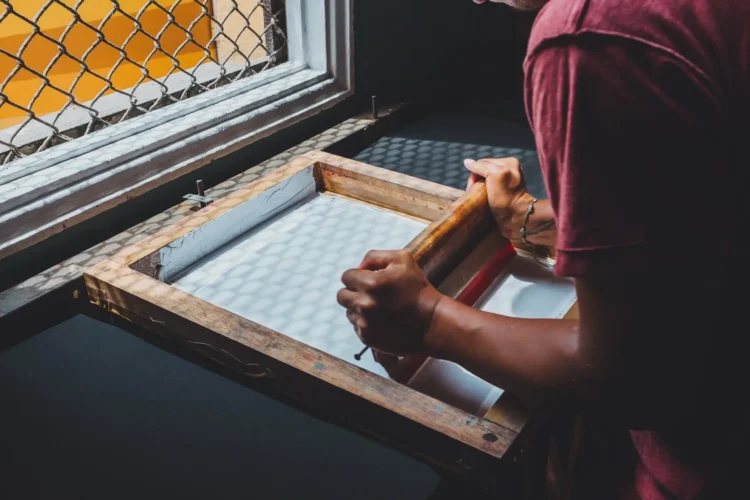
Source: ynvisible.com
Before starting on the very creative journey of screen printing, one should know what design optimization is. Try to make the design efficient and be sure of what you want to create. This is one of the most productive tactics to reduce supply costs and be more economical. This reduces the number of reprints, the number of screens you use, and the amount of ink being used.
The materials would not be wasted, and you can even end up having extra supplies for later use and projects. Additionally, consider using digital printing or heat transfer methods for designs with multiple colors or intricate details.
Conclusion
Screen printing is a trending printing technique that can be both cost-effective and efficient. If not done according to certain set rules, it can also result in material waste and expensive supply costs. It’s crucial to plan, invest in high-quality materials, use the right amount of ink, recycle screens, optimize designs, and consider eco-friendly alternatives to limit waste and lower expenses.
You may save money, lessen your influence on the environment, and create great prints by using these clever tactics. So, when you embark on a screen printing project, remember to use these crucial strategies for fantastic outcomes.

